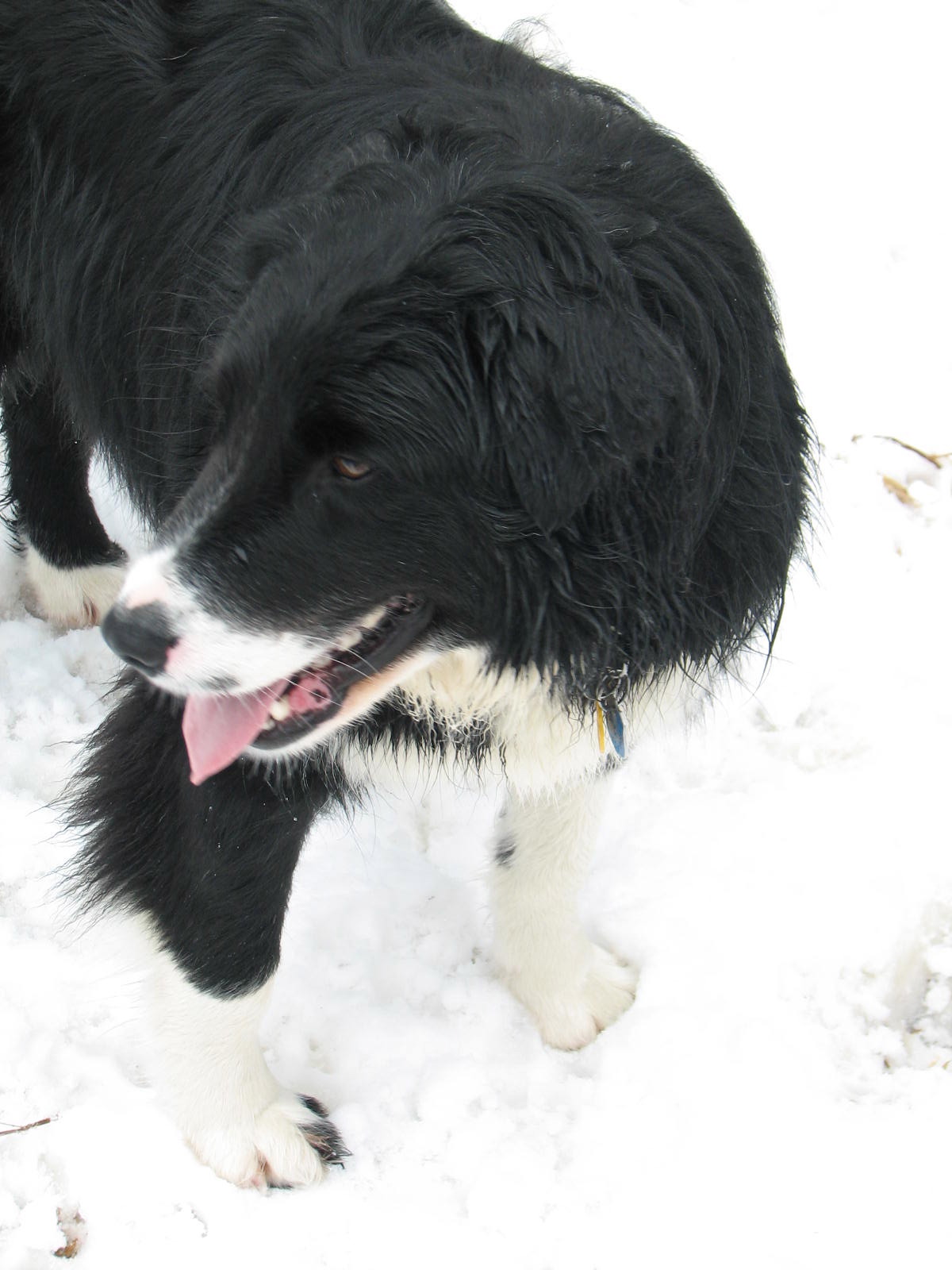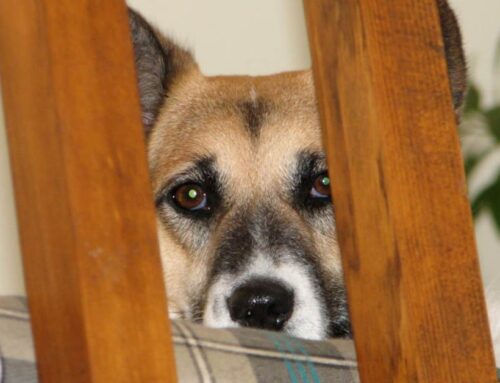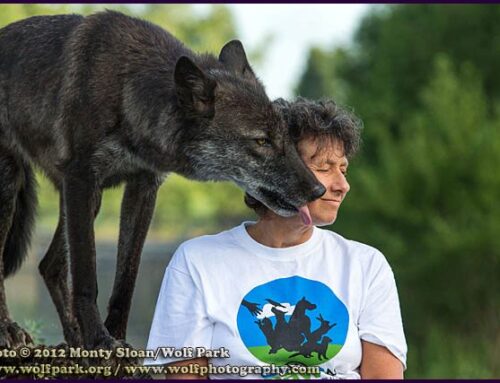 Something that has helped me with my fearful dog Sunny has been to create ‘cues’ which change how he’s feeling. Most dog owners do this with their dogs all the time, ‘wanna go for a walk!?’, ‘want a cookie?’ probably at the very least cause a dog to perk up its ears and pay attention. If walks and cookies are enjoyable for the dog they will likely even display behaviors that could be interpreted as a ‘happy’ or ‘excited’ when those questions are asked.
Something that has helped me with my fearful dog Sunny has been to create ‘cues’ which change how he’s feeling. Most dog owners do this with their dogs all the time, ‘wanna go for a walk!?’, ‘want a cookie?’ probably at the very least cause a dog to perk up its ears and pay attention. If walks and cookies are enjoyable for the dog they will likely even display behaviors that could be interpreted as a ‘happy’ or ‘excited’ when those questions are asked.
Many of the verbal cues I use with Sunny that seem to change how he feels came about in the course of our daily lives. Telling Sunny to ‘go get your friz!’ was positively reinforced by the play that followed my request. I use this cue to interrupt or distract him if he’s getting upset about something, a car or cyclist passing by, or a visitor arriving at the house. When asked to get his frisbee he not only becomes a happier dog, the play that follows, often in the presence of a trigger, helps to counter condition him to it. My husband, who Sunny still wishes lived somewhere else, can say it and will get the same happy response, it’s one of the few ways he is able to get a positive emotional response from Sunny.
I have other cues or conditioned stimuli that have a positive emotional response associated with them. If I wave my hands in the air above my head when I am inside the house and Sunny is outside looking in, he will wag his tail in a happy way. I use the tone of my voice to get him to wiggle and wag when I talk to him, especially when I want to interrupt a behavior I believe is being caused by fear.
It is important to think of how you use cues for emotional responses carefully. I never tell Sunny to get his frisbee if there are no frisbees to be had or if he physically cannot go after it, while walking on a leash for example, it would soon lose it’s value. If a particular cue works in one place but not another, I don’t push it, again I don’t want it to lose it’s value. I tried to use ‘a friend!’ cue to get Sunny less worried about seeing new people (it worked great with my non-fearful cocker to get her to stop barking at guests at the door) but even though paired with super treats his reaction to people is so intense that if I say ‘a friend!’ he visibly prepares to be frightened. Instead of a cue to be happy I created a predictor to be scared!
Think about the things that you do or say that make your dog happy and then look at how you can use them to change how your dog feels in situations which provoke a fearful response.





